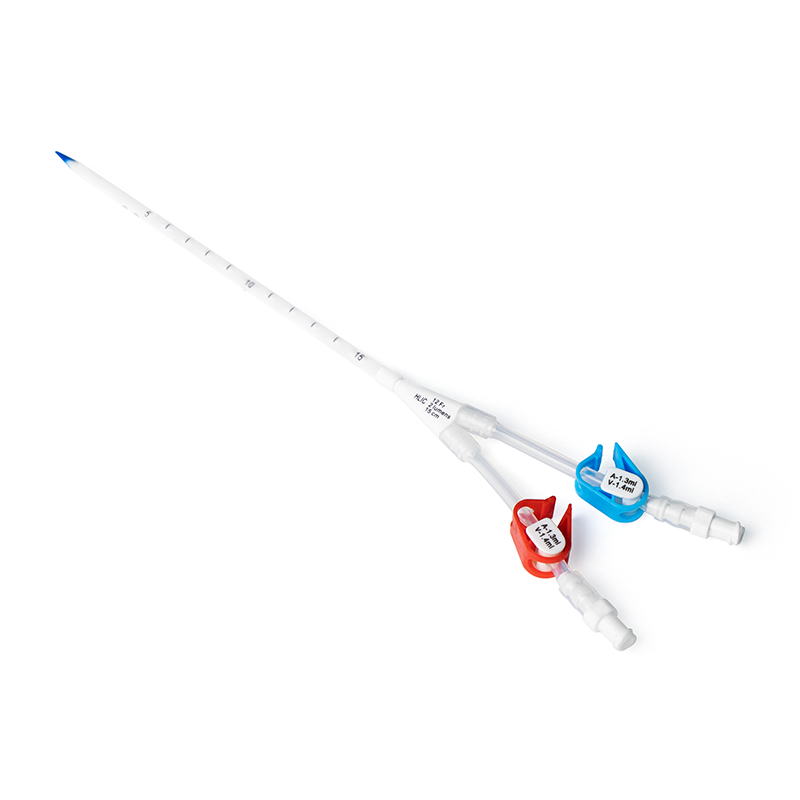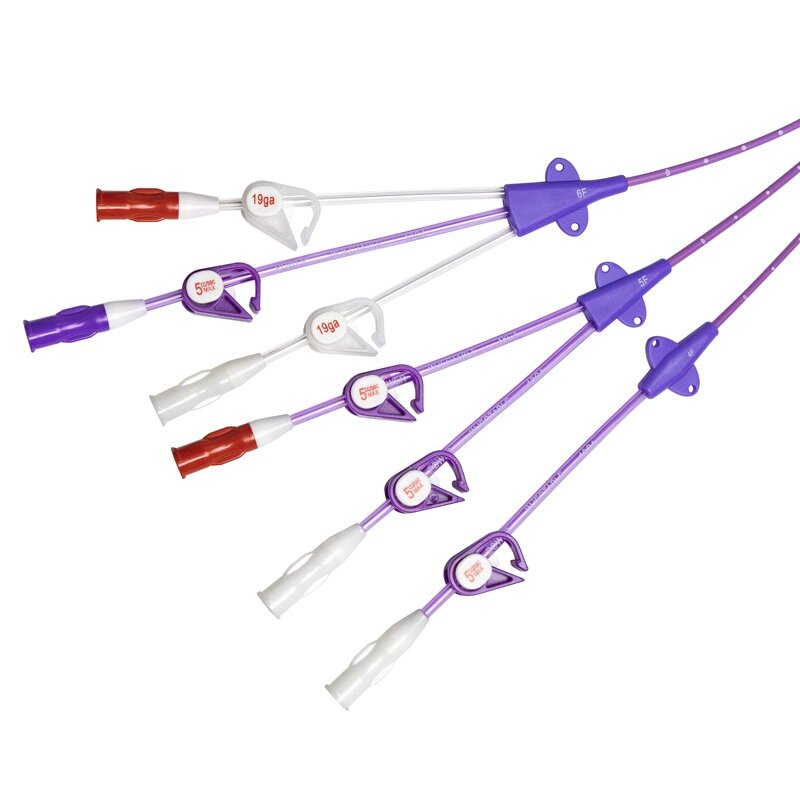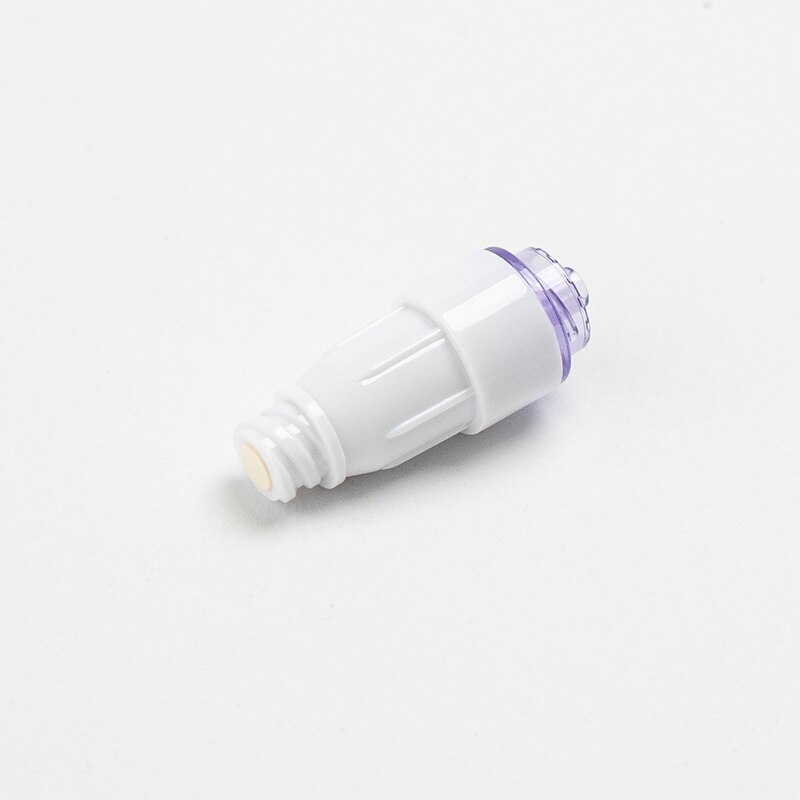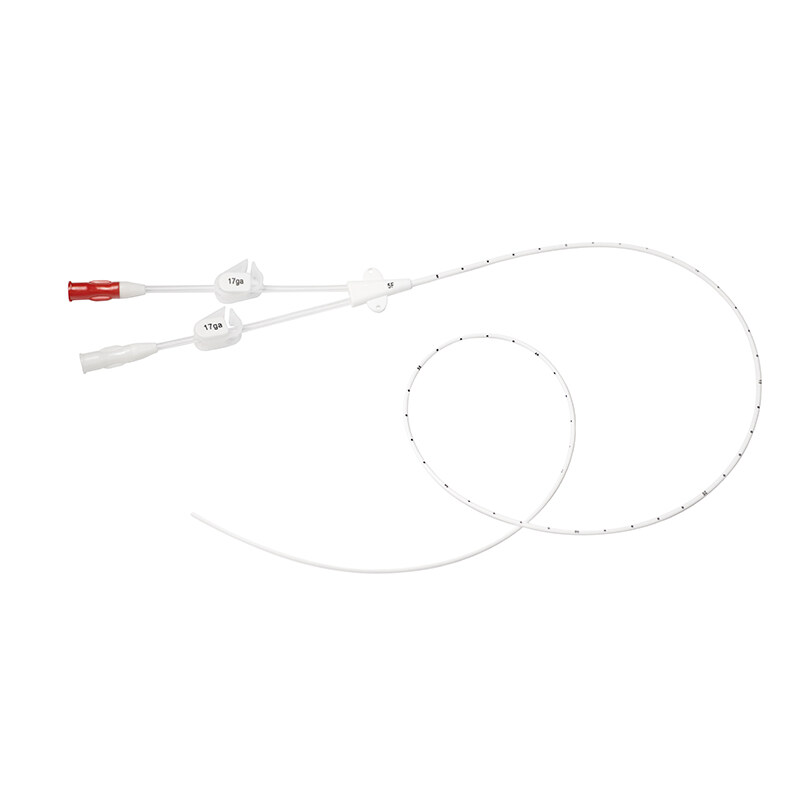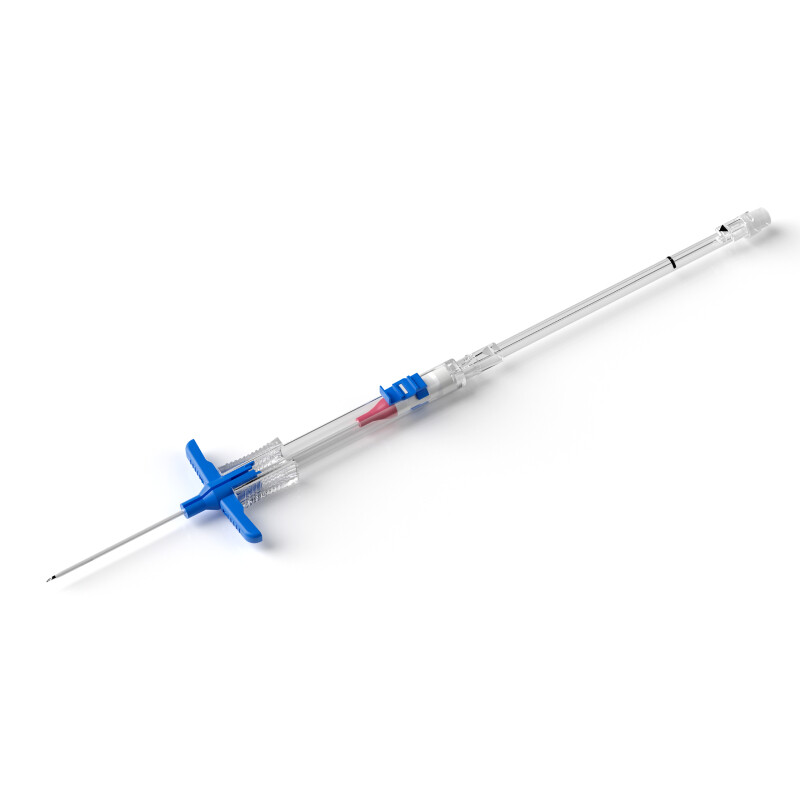A midline catheter is a medical device inserted into the arm, typically between the elbow and the shoulder. It is designed to provide a longer-term solution for patients who require intravenous (IV) therapy for a period of several weeks to several months.
Midline Catheter Kit
A midline catheter is a type of intravenous access device that is inserted through a peripheral vein in the upper arm and advanced to a point just below the axilla (armpit). It is designed to remain in place for an extended period of time, typically several weeks to several months, and is used to deliver medications, fluids, and other therapies directly into the bloodstream.

Mini Midline Catheter Kit 4F Single Lumen
Factors That Influence the Duration of a Midline Catheter
The duration of a midline catheter depends on several factors, including the type of catheter used, the patient's medical condition, the nature of the therapy being administered, and the patient's response to the therapy.
There are several types of midline catheters, including non-tunneled and tunneled catheters. Non-tunneled catheters are inserted directly into the vein and are typically used for short-term therapy. Tunneled catheters are inserted through a small incision in the skin and are designed to remain in place for longer periods of time.
Expected Duration of Midline Catheters
Midline catheters are typically designed to remain in place for 7 to 14 days, although some can be used for up to 4 weeks or longer. The duration of the catheter is determined by the patient's medical condition and the nature of the therapy being administered.
Several factors may lead to the removal of a midline catheter before the expected duration, including infection, catheter-related thrombosis, catheter migration, and other complications.
Midline Catheter Care
To ensure the safe and effective use of midline catheters, they must be carefully monitored and maintained. This includes proper insertion techniques, sterile dressing changes, flushing of the catheter, and regular assessment for signs of infection or other complications.
When a midline catheter is no longer needed or has reached the end of its expected duration, it must be removed. This is typically done by a healthcare provider using a sterile technique to prevent infection.
As with any medical procedure, there are risks and complications associated with the use of midline catheters. These may include infection, thrombosis, catheter migration, and other complications. However, when used appropriately and with proper monitoring and maintenance, midline catheters can be a safe and effective option for patients requiring longer-term IV therapy.
Conclusion
The dwell time for midline catheters depends on several factors, including the type of catheter used, the patient's medical condition, and the nature of the therapy being administered. While midline catheters are designed to remain in place for several weeks to several months, proper midline catheter care and maintenance are essential to ensure their safe and effective use. If you have questions about the use of midline catheters, be sure to consult with your nurse or doctor.

